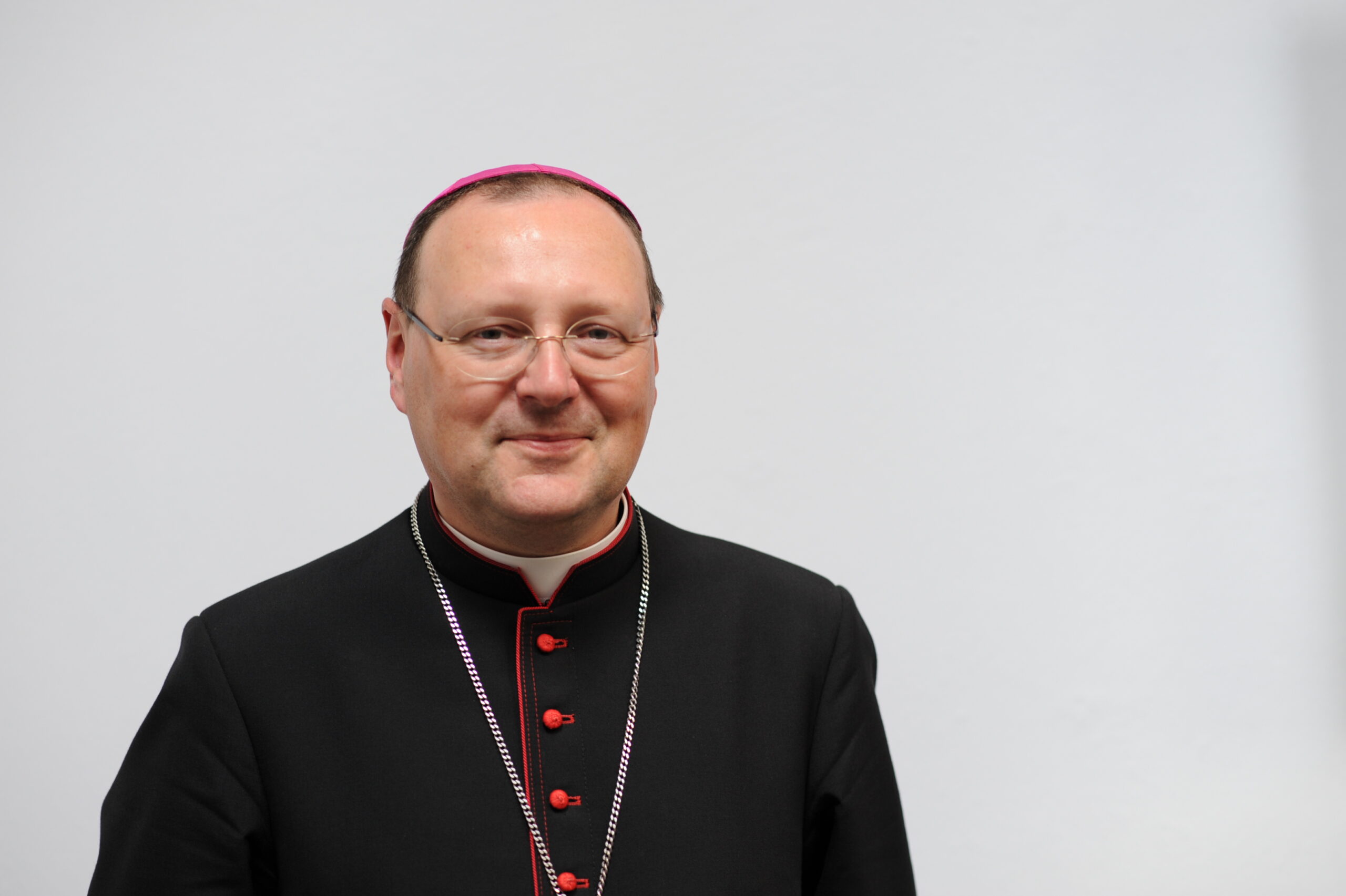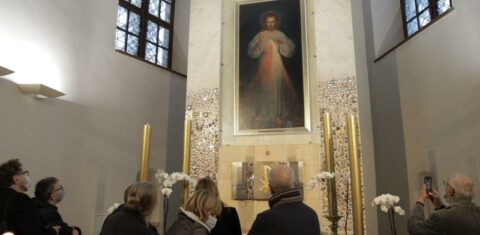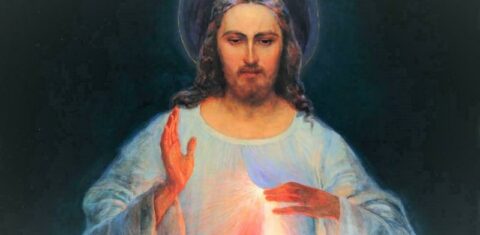Ladies and Gentlemen,
Christianity and art converge on many fundamental matters. They unite in their reverence for truth, goodness, beauty, and freedom, sharing admiration for every form of Divine epiphany. They get closer to each other in intuition about order hidden inside and beyond what is visible. To the great detriment of both Christianity and art, the closeness that in the past resulted in great works of spiritual culture, has since greatly weakened. Is this an irreversible process? I do not think so. Culture devoid of references to the Transcendent becomes empty, loses measure and meaning. Christianity without culture becomes mute – unable to understand itself or pass this understanding on to others. It is certainly worth making every effort to ensure that such a divorce, which would be fatal to both Christianity and culture, never happens.
The “Political Theology” community has put forward the idea of reviving Catholic sacred painting. Such an idea must be welcome with great joy. The idea of inviting ten prominent artists to take on the extraordinary commission that Christ gave to St. Faustina Kowalska is impressive in its scope and courage. Contrary to all those who claimed that sacred art was a thing of the past, these outstanding artists took up the challenge, creating works that, in my humble opinion, are remarkable, thought-provoking, theologically profound, and extraordinarily beautiful.
I found it particularly interesting that this project should begin with painting one of the most famous images of Jesus as described in Sr. Faustina’s Diary. The two undoubtedly most remarkable Polish figures of the 20th century – St. Faustina Kowalska and St. John Paul II – point to the power of Divine Mercy, which is the most important religious idea of our time, as the key message and task for us in the 21st century. Both the Polish mystic and the Polish pope make us realize the vital importance of the truth that without God’s Mercy, without asking for it, and without its presence in the world, there is no salvation either for us sinners or for the world.
I am very grateful to my colleagues from “Political Theology” for inviting the Warsaw-Praga Diocese to participate in this project. I thank all the distinguished artists with Prof. Jarosław Modzelewski in the lead. I would like to thank Ignacy Czwartos, Wincenty Czwartos, Prof. Jacek Dłużewski, Wojciech Głogowski, Fr. Jacek Hajnos, Krzysztof Klimek, Bogna Podbielska, Beata Stankiewicz, and Artur Wąsowski. Your talent and sensitivity reveal to us anew the importance, power and beauty of God’s Mercy.
Together with Bishop Romuald Kamiński, we strongly wish that the works created as part of the “Let’s Paint Catholicism Again” project may adorn the shrines in our diocese. Six of the ten paintings presented at this exhibition have already been reserved by priests moved by their artistic power – priests who understand the importance of this unprecedented project which will allow the next generation of Christians to encounter the message of the Divine Mercy. I am immensely pleased with such a promising beginning, and I would like to thank my fellow priests very much for their openness, imagination and courage to allow outstanding contemporary art past the thresholds of our temples, which is so rare today.
I am full of hope that this meeting of art and religion, of the Church and artists, which has begun so splendidly, heralds further extraordinary spiritual and artistic endeavors. In saying so I am mindful of our responsibility for this work. Patronage of art that is beautiful, wise, and profound because with its creative vision it depicts the great works of God, is an unquestionable duty of the Church. We will do our best to fulfill this responsibility to the best of our abilities.
Finally, I would like to thank once again all those who have undertaken to paint Catholicism again. First, the excellent artists. Second, the institutions that conceived the project and brought it to life: the Saint Nicholas Foundation, the editors of “Political Theology”, and the St. John Paul II Institute of Culture at the Pontifical University of St. Thomas Aquinas – Angelicum in Rome. Third, the priests who declared to buy the paintings. They are: Msgr. Krzysztof Cyliński, Msgr. Witold Gajda, Msgr. Andrzej Kuflikowski, Msgr. Ryszard Ladziński, Rev. Dariusz Marczak, Msgr. Emil Owczarek, Rev. Marek Twarowski, Msgr. Krzysztof Ukleja, Msgr. Sławomir Żarski. Words of admiration and gratitude are due to the project’s patrons: Danuta and Krzysztof Domarecki, Jolanta Domańska-Gruszka and Mirosław Gruszka, Wojciech Piasecki, and Dorota and Tomasz Zdziebkowski.
Bishop Jacek Grzybowski




